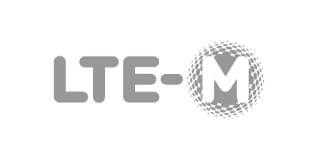
The model for IoT or Smart devices is that these can be located anywhere but they need some element of communication to the 'cloud' or a server. Often this communication is lightweight, not much data is transmitted or received. With this in mind the requirement for full 4G is overkill.
What is needed is a network that :
- Has a low power requirement; LTE-M states that a 5WH battery should last 10 years
- Applications have a low data transmission requirement
- Transmission is symmetrical, similar data rates required for both upload and download
Applications that could use LTE-M include:
- Highway management such as parking, traffic lights, although cameras would place a too high demand on this channel.
- Environmental management with CO2 sensors, smoke detectors, where demand is rising at this time due to many enviromental concerns
- Smart meters, which currently use the either the 2G network or a bespoke 400MHz radio band. As they have a low data demand they could in future use LTE-M.
It is envisaged that LTE-M (or Narrowband IoT) will take over 2G communications for many of the critical IoT networks that currently use 2G. This will be necessary prior to switching off 2G.
© mobilephonetechnology.co.uk all rights reserved 2017-2025


